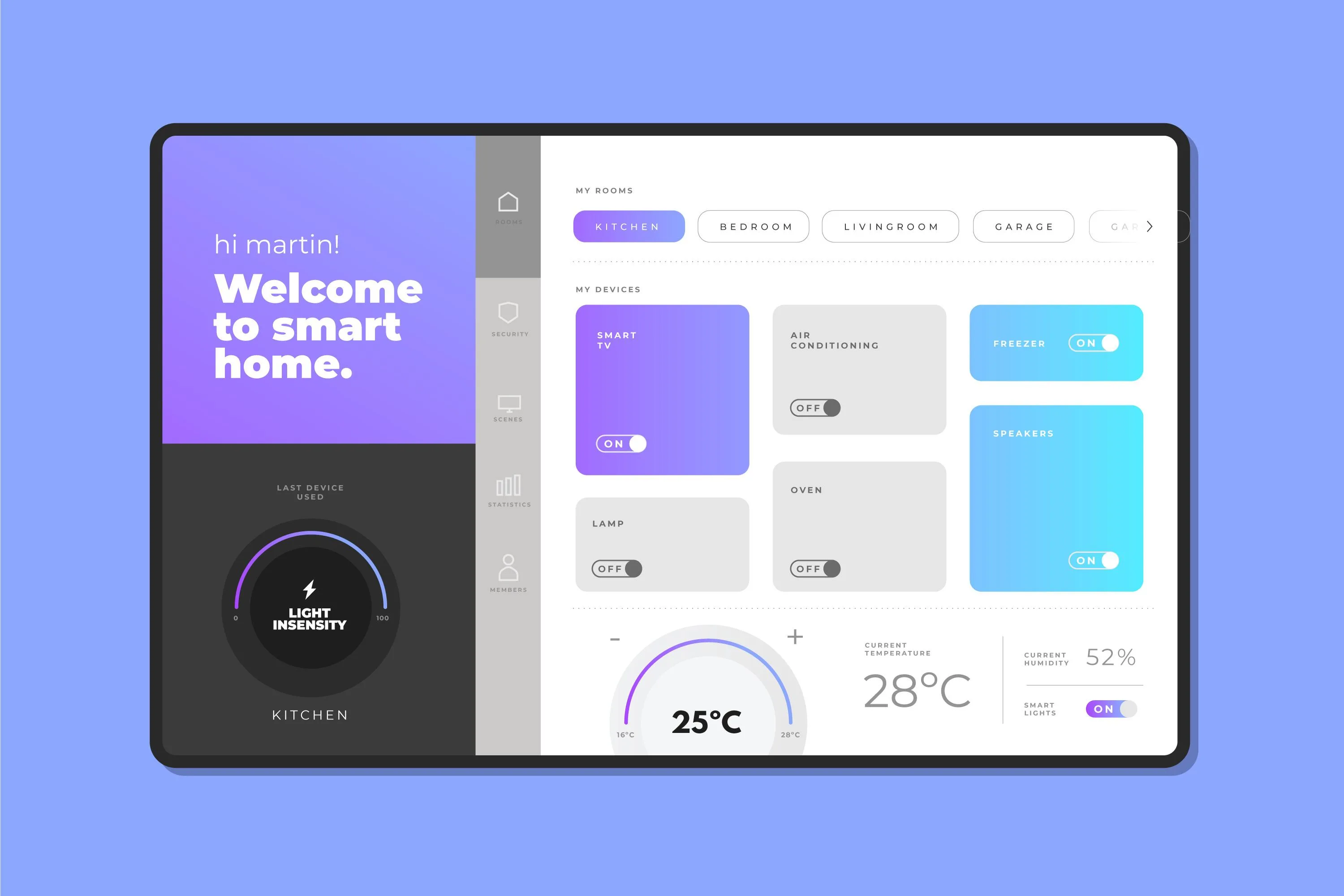Building Responsive UIs with Tailwind CSS
Tailwind CSS has transformed how developers create responsive and beautiful user interfaces. With its utility-first approach, building adaptive layouts becomes efficient and highly customizable without writing traditional CSS.
Why Choose Tailwind CSS for Responsive Design?
Tailwind CSS offers a responsive design system out of the box. By leveraging its mobile-first breakpoints and utility classes, developers can craft layouts that work seamlessly across devices.
- Utility-first: Each class does one job, making your HTML expressive and focused.
- Customizable breakpoints: Tailwind allows you to define breakpoints that suit your needs.
- Consistency: Shared utility classes help maintain visual consistency throughout the project.
Understanding Tailwind's Breakpoints
Tailwind follows a mobile-first approach, meaning styles apply to small screens by default and scale up for larger screens using prefixes like sm:, md:, lg:, and xl:.
Example:
<div class="p-4 sm:p-6 md:p-8 lg:p-10">
Responsive padding based on screen size
</div>
Tips for Building Responsive Layouts
- Start with mobile: Build your base layout without breakpoints and scale up.
- Use spacing utilities: Tailwind offers consistent margin and padding classes for all devices.
- Test frequently: Check your UI across screen sizes as you build.
Common Responsive Components
Tailwind makes it easy to build responsive:
- Navigation bars with collapsing menus
- Cards and grids that rearrange based on screen size
- Flexible forms and buttons that scale appropriately
Conclusion
With Tailwind CSS, creating responsive user interfaces has never been more intuitive. Its utility-first system and mobile-first design approach allow you to develop scalable and maintainable UI components quickly. Start using Tailwind in your next project and experience the difference it brings to your development workflow.
Written by Anumeet Kumar – March 15, 2023 · 5 min read
